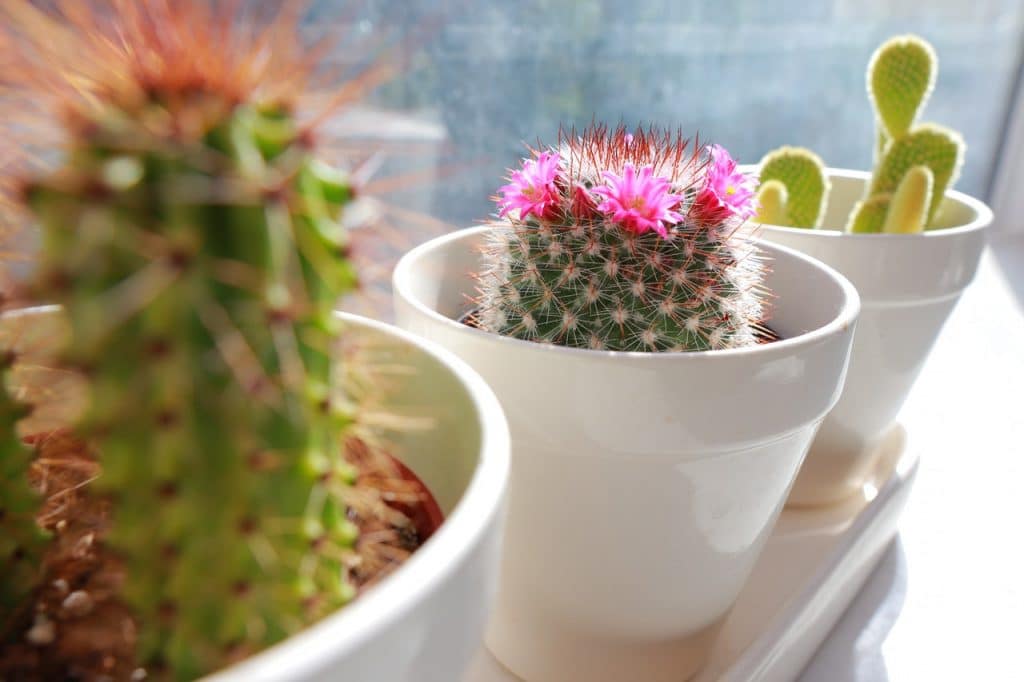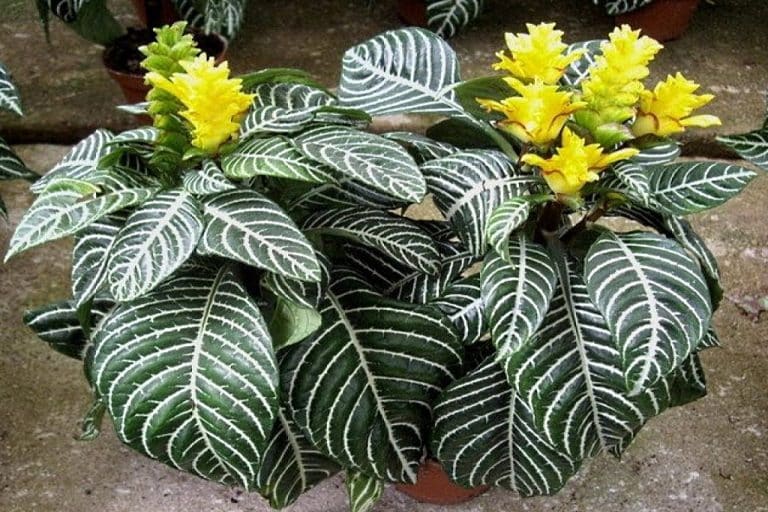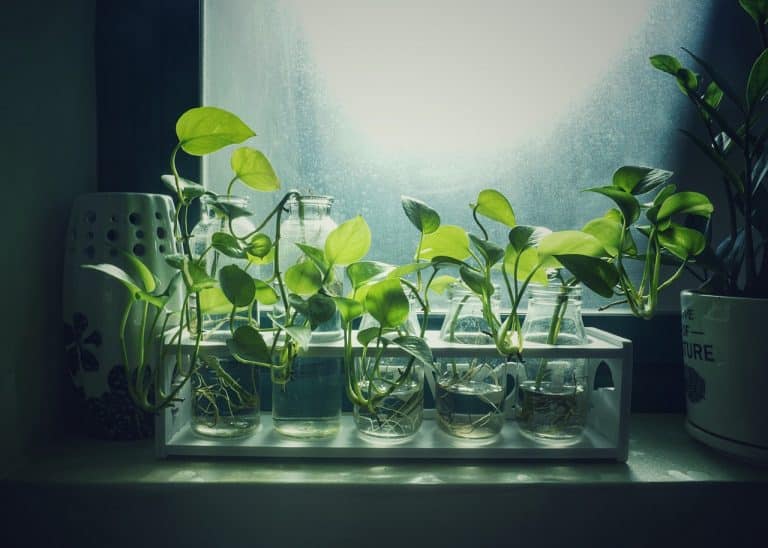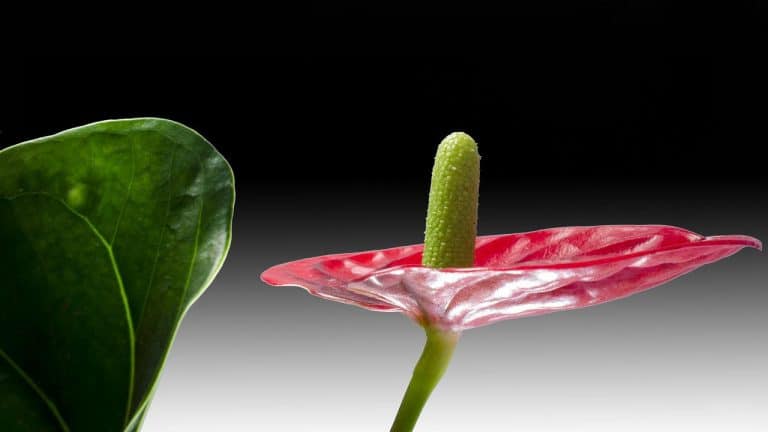What are Cacti and Succulents
A GEOLOGIC DRAMA occurring slowly over a period of about 20 million years is credited for the emergence of cacti.
Sixty million years ago, in the “before cactus” era, regions such as the American Southwest, central Mexico, and southern Brazil, now rich in cacti, enjoyed moist, tropical climates.
As mountains pushed up, stopping the inflow of moisture, plants adapted to increasingly dry conditions by storing up water in their leaves and stems.
Gradually leaves became spines, useful for protection from predators and as built-in sunscreens, and stems fattened into globes, columns, and other shapes designed to retain moisture.
In the “after cactus” era (which began 40 million years ago), cacti became well established in numerous niches: on sandy ground, between rocks, and even growing on trees.
Because most cacti produce flowers loaded with pollen that is spread from plant to plant by bees and other insects, cacti constantly cross-bred, resulting in thousands of diverse species.

And so, though it is tempting to think of cacti as very primitive plants, the opposite is true. They are actually highly refined flowering perennials.
Classification of cacti is incredibly complex and confusing, and even the most knowledgeable cactus experts sometimes have trouble identifying obscure species.
The one characteristic that wins a plant a place in the Cactaceae family is the presence of areoles — the specialized buds from which spines and new bodies (stems) grow.
In some genera, for example Echinopsis, the areoles are easily visible. In others they may be impossible to see unless you are a sharp-eyed botanist, but they are there.
All cacti are native to the Western Hemisphere. Succulents, which owe their existence to climate changes not quite as extreme as those that created cacti, are found on all continents, but most come from Africa, Asia, Europe, and Australia.
Some succulents, such as living rocks (lithops), use their entire bodies to store moisture, but most have stems studded with juicy, water-retentive leaves.
Sorting through the two groups is difficult enough without mixing them up, so they are listed separately. However, because cacti and succulents have similar cultural needs and share pest problems, general aspects of their care will be discussed together, and the instructions covers both.







